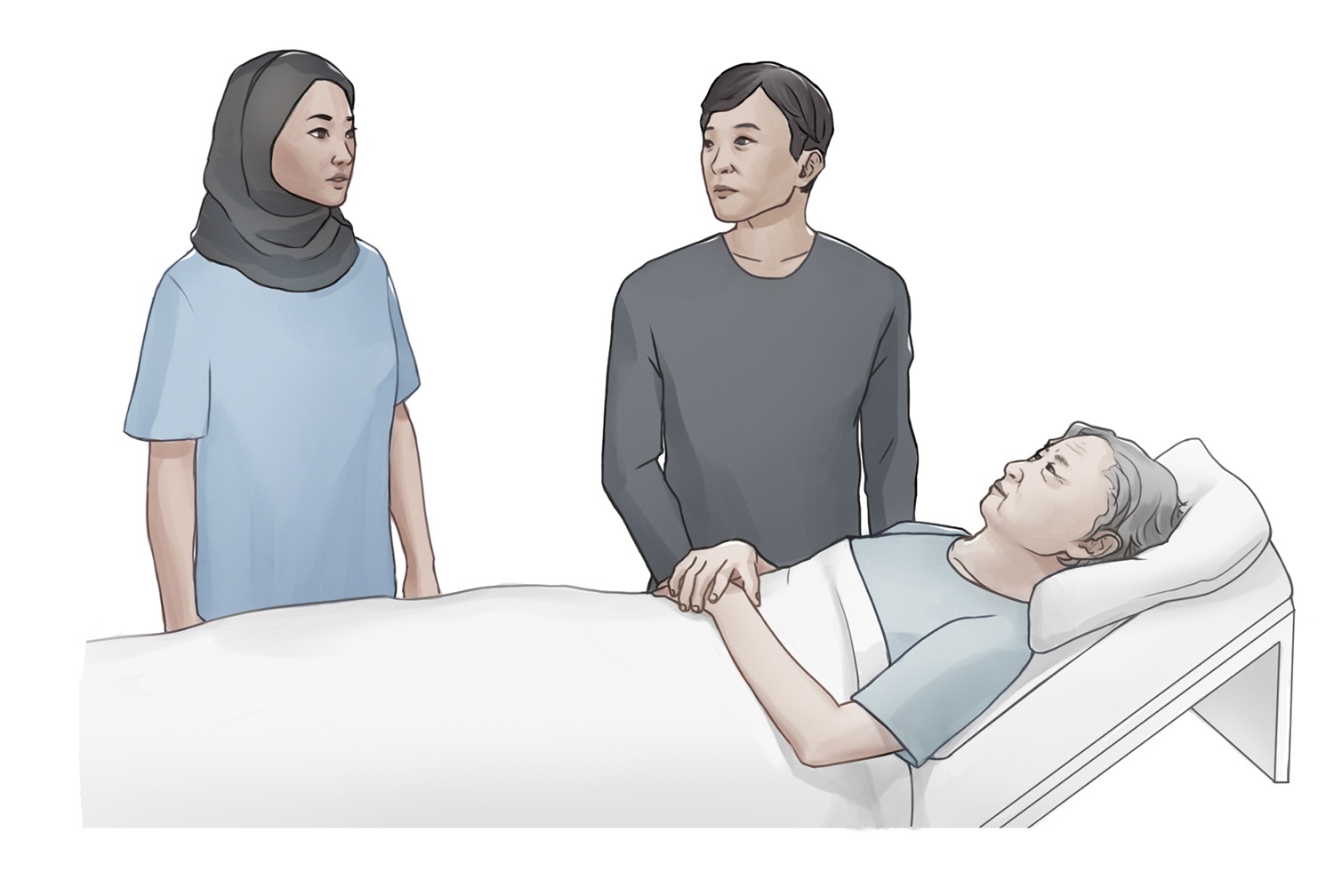Care Partners
Care partners (as illustrated in Figure 3.1) contribute significant unpaid care work that helps the care recipient while also sustaining the healthcare system. They often interact with the healthcare system in a multitude of ways (e.g., providing care, navigating care services, advocating for better care, coordinating services, and communicating with health professionals).

Certain cohorts of the population take up the role of care partner more than others. Most often care partners are women and older adults. Many adult children are also care partners, who are sometimes referred to as the “sandwich generation” because they are “sandwiched” between caring for their aging parents as well as their own young children.
In your assessment, you should consider families as the recipients of care, not just the individual client. This way of practice is important considering that care work can take a toll on the physical and mental well-being of care partners. The well-being of the client and thus, the intensity of care work, can influence a care partner’s well-being. Likewise, a care partner’s well-being can influence the well-being of the client. This influence becomes more pronounced with aging and with home care where there is a strong reliance on each other for well-being.

